
When you are trying to plan a day trip from Kyoto or Osaka, at the top of your list might be Himeji. Himeji is a wonderful town with an amazing castle. But there is another great city near Kyoto with a small, but equally impressive castle.
And this city is Hikone, located about 25 miles northeast of Kyoto on the eastern shore of Lake Biwa. The city is quite compact and packed with great sights, making for the perfect day trip from Kyoto, Osaka, or even Kanazawa.
The main reason for visiting is Hikone Castle. The castle is not only a National Treasure but one of Japan’s original twelve castles. For 400 years, the castle has avoided destruction by war, fire, or earthquakes.
Genkyuen Garden, Yume-Kyobashi Castle Road, Shiga Gokoku Shrine (Gokoku-jinja Shrine), and the Ii Naomasa Statue are other sights worth visiting on your trip.
Table of Contents
How to get to Hikone
From Kyoto
Though it requires a transfer, the quickest way from Kyoto to Hikone is by Tokaido Shinkansen (bullet train).
Hikari and Kodama shinkansen trains take about 20 minutes to reach Maibara from Kyoto Station. From Maibara Station, you can take trains for JR Biwako Line for Aboshi/Kakogawa or JR Special Rapid Service for Himeji. Hikone Station will be the first stop, taking about 5 minutes. A regular one-way fare is 2,310 yen for an unreserved seat. A reserved seat will cost between 3,380 yen and 3,780 yen depending on the season. A Japan Rail Pass will cover this entire trip.
Kyoto is directly connected to Hikone by JR Special Rapid Service, JR Biwako Line, and Limited Express trains.
JR Special Rapid Service for Omishiotsu/Maibara/Nagahama trains stop at Hikone Station. The journey takes about 45 minutes. A regular one-way fare is 1,140 yen. Seat reservations are not available. A Japan Rail Pass will cover this entire trip.
JR Biwako Line for Omishiotsu/Maibara trains stop at Hikone Station. The journey takes about 70 minutes. A regular one-way fare is 1,140 yen. Seat reservations are not available. A Japan Rail Pass will cover this entire trip.
Limited Express Biwako/Haruka trains stop at Hikone Station. The journey takes about 46 minutes. A regular one-way fare is 2,320 yen for an unreserved seat. A reserved seat will cost between 2,640 yen and 3,040 yen depending on the season. A Japan Rail Pass will cover this entire trip.
From Osaka
From Osaka Station
Osaka Station is directly linked to Hikone by JR Special Rapid Service for Omishiotsu/Maibara/Nagahaman trains. The journey takes about 78 minutes. A regular one-way fare is 1,940 yen. Seat reservations are not available. A Japan Rail Pass will cover this entire trip.
From Shin-Osaka Station
Though it requires a transfer, the quickest way from Kyoto to Hikone is by Tokaido Shinkansen (bullet train).
Hikari and Kodama shinkansen trains take about 35 minutes to reach Maibara from Kyoto Station. From Maibara Station, you can take trains for JR Biwako Line for Aboshi/Kakogawa or JR Special Rapid Service for Himeji. Hikone Station will be the first stop, taking about 5 minutes. A regular one-way fare is 4,610 yen for an unreserved seat. A reserved seat will cost between 4,930 yen and 5,330 yen depending on the season. A Japan Rail Pass will cover this entire trip.
Shin-Osaka is driectly connected to Hikone Station by JR Special Rapid Service for Nagahama/Omishiotsu trains. The journey takes about 77 minutes. A regular one-way fare is 1,940 yen for an unreserved seat. Seat reservations are not available. A Japan Rail Pass will cover this entire trip.
From Kanazawa
From Kanazawa, the quickest way to reach Hikone is by taking a Limited Express Shirasagi train from Kanazawa Station to Maibara Station. The journey takes about 117 minutes. From Maibara Station, you can take trains for JR Biwako Line for Aboshi/Kakogawa or JR Special Rapid Service for Himeji. Hikone Station will be the first stop, taking about 5 minutes. A regular one-way fare is 5,510 yen for an unreserved seat. A reserved seat will cost between 5,830 yen and 6,230 yen depending on the season. A Japan Rail Pass will cover this entire trip.
How to get around Hikone
Hikone is a compact city, perfect for exploring on foot. Almost all sights of importance can be found within a 30 minute walk of the station.
City buses depart near the west exit of the station. I don’t recommend using these buses as they are difficult to understand.
If you need a taxi, you can find them outside the west exit of the station near the bus stop.
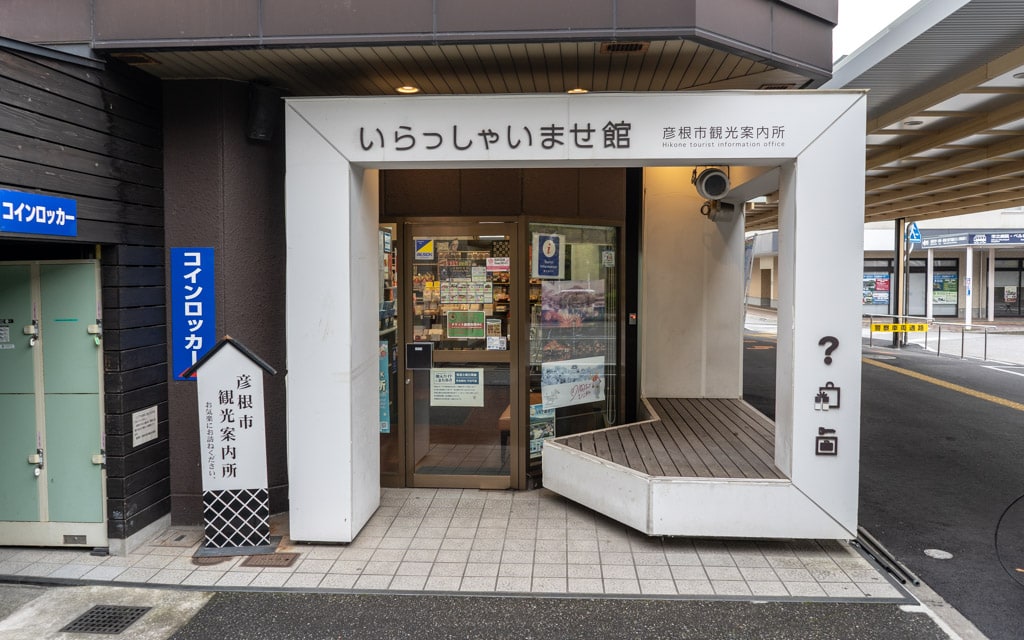
Those who need help planning their trip will find the Hikone Tourist Information Office at the bottom of the escalator outside the west exit of the station.
In addition, you will find information about tourist sights, maps, restaurants, and public transportation.
What to do in Hikone for one day
Hikone Castle
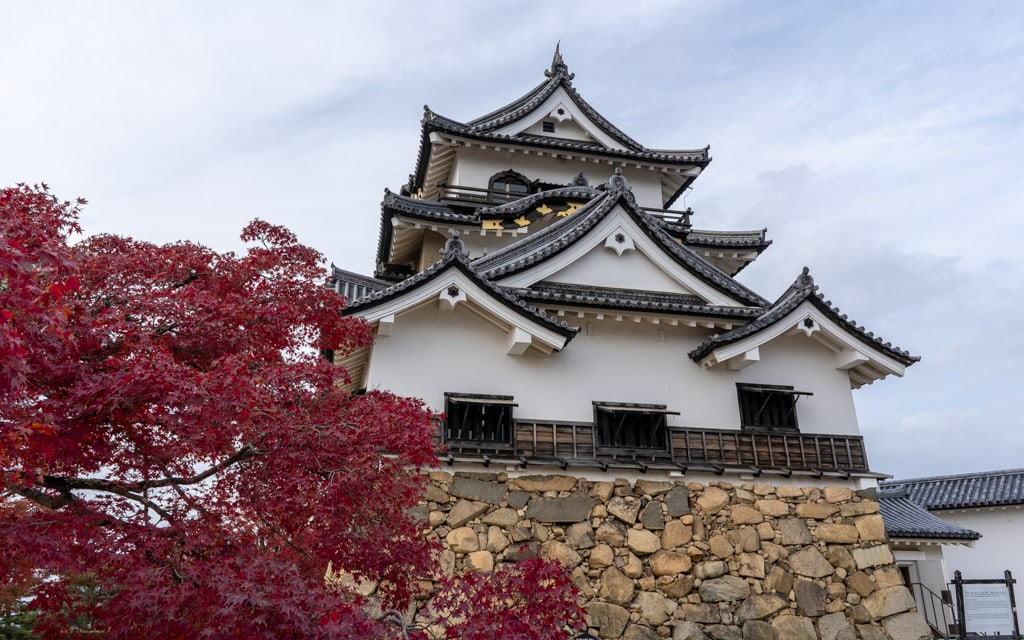
No visit to Hikone is complete without a visit to Hikone Castle. The castle lies on the shores of Lake Biwa, strategically located at the crossroads of Nakasendo (Road to Central Japan) and Hokkoku Kaido (Road to Northern Japan).
Constriction on the castle began around 1604 and took about 20 years to complete. Ii Naokatsu, a Japanese feudal lord (daimyō), was responsible for construction of the castle. Once complete, the castle served as the seat of the Ii clan during the Edo period until 1868.
Hikone Castle is one of Japan’s twelve remaining original castles. For centuries, much of the castle has remained unscathed even with the constant threat of war, earthquakes, floods, and fires. This includes the main keep, moats, walls, gates, and guard houses. The main keep has been designated a National Treasure while other sections of the castle have been designated Important National Cultural Assets.
In the spring, Hikone Castle becomes a popular spot to view the cherry blossoms. In the fall, many of the trees turn into a vibrant red.
Though the three-story castle keep is relatively small, its architecture makes it one of the most beautiful in Japan. The roof is designed with a combination of gables with no bottom edges (kirizumahafu), gables that are part of the roof (irimoyahafu), and curved gables with no bottom edges (karahafu). Bell-shaped windows (katomado) can be found on the second and third floors. Also, verandas can be found on the corners of the third floor.
In addition, visitors can enter and explore the beautiful interior of the castle keep. Though the stairs leading up to the third floor are steep, the effort is well worth it. The views of the city and castle grounds below are stunning.
What not to miss: interior of the castle keep, views from the third floor of the keep, views of the city, moat and walls
Hours
Hikone Castle
Open daily 8:30 AM to 5:00 PM
Hikone Castle Museum
Open daily from 8:30 AM to 5:00 PM (last entry 4:30 PM)
Closed December 25 to 31
Entrance Fees
Hikone Castle and Genkyuen Garden
Adult: 800 yen
Child: 200 yen
Hikone Castle, Genkyuen Garden, and Hikone Castle Museum
Adult: 1,200 yen
Child: 350 yen
Hikone Castle Museum
Adult: 500 yen
Child: 250 yen
How to get to Hikone Castle from Hikone Station
The castle is located about one kilometer from Hikone Station. From the station, take the west exit. Continue down Ekimae Oshiro Street for 600 meters. At the T-intersection, make a left and your first right. Follow the road another 300 meters. After passing the castle walls, follow the moat to the left to reach the entrance to the castle.
Genkyuen Garden

Genkyuen Garden, located just northeast of the castle, is a feudal lord (daimyō) landscape garden. It is thought that the name of the garden originates from a garden that belonged to the Court of China known as Genkyu.
Construction of Genkyuen Garden began in 1677 by feudal lord Ii Naooki. Construction took seven years. Naooki built this garden for his family, friends, and guests.
While the garden may be small, the views don’t disappoint. A large central pond dominates the garden. A circular trail linked by bridges surrounds the pond. Overlooking the garden is the castle’s main keep.
Wooden buildings used for tea ceremonies can be found lining the pond. These buildings, known as hakkei-tei or rinchikaku, can be found on spots considered to have the best view of the garden. Held inside these buildings were tea ceremonies (sukiya-bozu) for the lord’s guests and officials. Today, visitors can enjoy a cup of tea (500 yen).
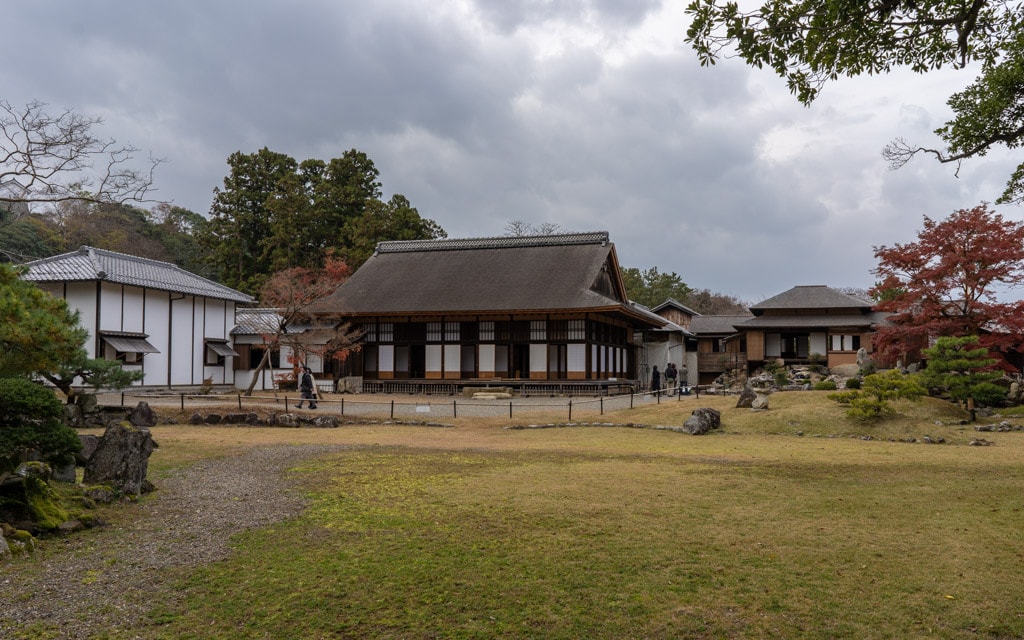
Located next to the garden is Rakurakuen (Keyaki-Goten). This palace was used by the lord’s family as their private residence. The residence was built between 1677 and 1679 by Ii Naooki, the 12th lord. At the time, the residence was known as Keyaki-Goten.
In the early 1800s, an annex known as Rakurakuen was built by Ii Naoaki. Ever since, the residence has been known as Rakurakuen.
Renovation on Rakurakuen is currently underway with work scheduled to be complete in 2025. However, the construction has no effect on the garden.
What not to miss: Rakurakuen (Keyaki-Goten), views of the castle keep over the garden, views of the pond and bridges
Hours
Open daily from 8:30AM to 5:00PM
Entrance Fees
Hikone Castle and Genkyuen Garden
Adult: 800 yen
Child: 200 yen
Hikone Castle, Genkyuen Garden, and Hikone Castle Museum
Adult: 1,200 yen
Child: 350 yen
How to get to Genkyuen Garden from Hikone Station
Genkyuen Garden is located about one kilometer from Hikone Station. From the station, take the west exit. Continue down Ekimae Oshiro Street for 600 meters. At the T-intersection, make a left and your first right. Follow the road another 300 meters. After passing the castle walls, follow the moat to the right to reach the entrance to the garden.
Yume-Kyobashi Castle Road

Located just to the south of Hikone Castle is Yume-Kyobashi Castle Road. This road recreates what it would be like to live during the Edo Period.
Restaurants, food vendors, souvenir shops, and teahouses can be found lining the road. Many of these traditional wooden townhouses (machiya) feature Edo Period designs. These designs include distinctive white walls with black latticework and gabled roofs.
Locally made candles and sake, Omi tea, Japanese candy and sweets, and bog-wood are popular souvenirs found on Yume-Kyobashi Castle Road. If you are looking for food, look out for the vendors selling croquettes and tartare, both using locally raised beef.
What not to miss: beef croquettes, souvenir shops, Omi tea
Hours
While the street is open 24 hours a day, store hours will vary.
Entrance Fees
Free
How to get to Yume-Kyobashi Castle Road from Hikone Station
Yume-Kyobashi Castle Road is located to the southwest of Hikone Castle about 20 minutes by foot from the station. From the station, take the west exit. Continue down Ekimae Oshiro Street for 600 meters. At the T-intersection, make a left. Continue for another 700 meters following the castle moat to the start of Yume-Kyobashi Castle Road.
Shiga Gokoku Shrine (Gokoku-jinja Shrine)

Located not far from the castle is Shiga Gokoku Shrine (Gokoku-jinja Shrine). Enshrined here are the spirits of those killed in action during wars in the past centuries.
These wars include the Boshin War or Japanese Revolution (1868-1869), Satsuma Rebellion (1877), First Sino-Japanese War (1894-1895), Russo-Japanese War (1904-1905), and the Pacific War or World War II (1941-1945).
Today, many of those who visit Shiga Gokoku Shrine come to pray for world peace.
What not to miss: main gate, main hall, stone lanterns
Hours
24 hours
Entrance Fees
Free
How to get to Shiga Gokoku Shrine from Hikone Station
From the station, take the west exit. Continue down Ekimae Oshiro Street for 600 meters to reach the entrance to Shiga Gokoku Shrine.
Ii Naomasa Statue

Located outside the west exit of Hikone Station is a bronze statue of Ii Naomasa.
Ii Naomasa, one of the Four Heavenly Kings of the Tokugawa, was an important general during the feudal age of Japan. Only highly effective samurai generals received this title.
For his honorable performance during battle, Naomasa was awarded Sawayama Castle, once located northeast of Hikone Station. Naomasa wished to build a new castle in Hikone but died before construction began. His son and successor, Ii Naokatsu, completed construction of Hikone Castle about 20 years after his fathers death.
Hours
24 hours
Entrance Fees
Free
How to get Ii Naomasa Statue from Hikone Station
Ii Naomasa Statue is located in front of the west exit of the station.
Last Updated on January 23, 2024
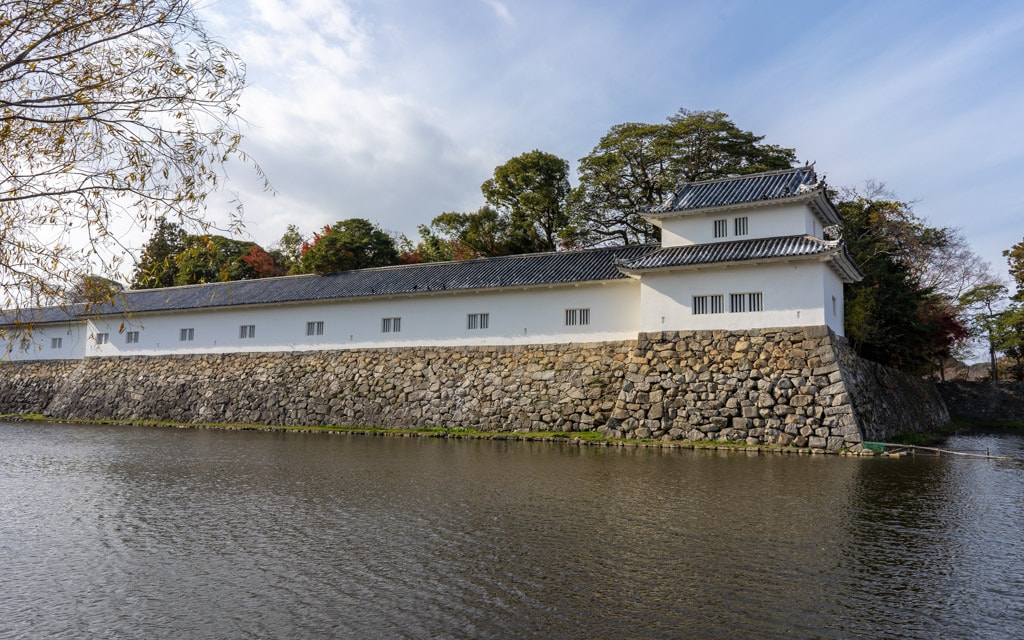

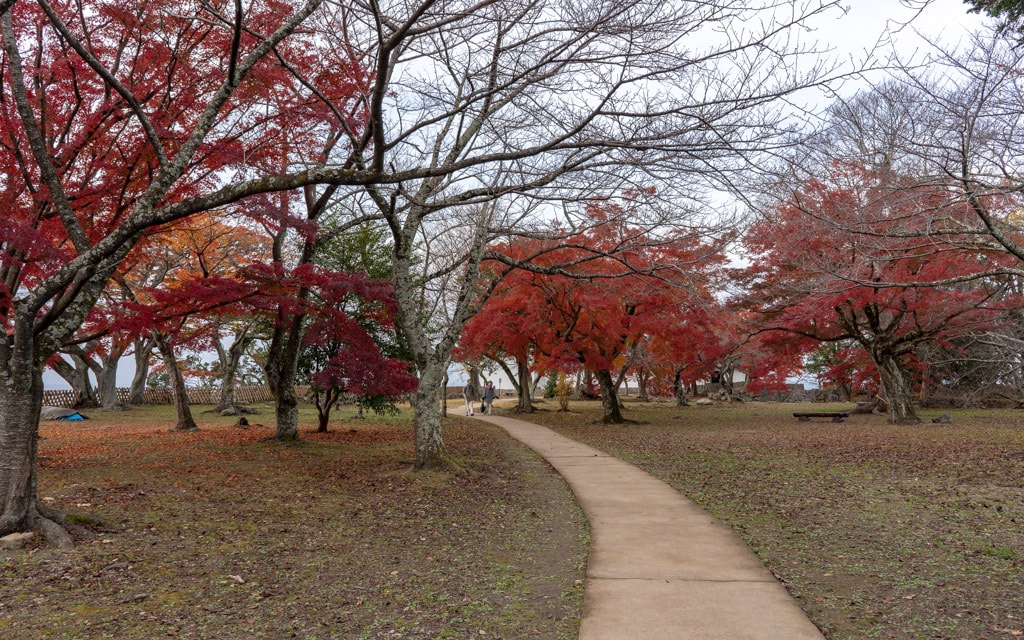




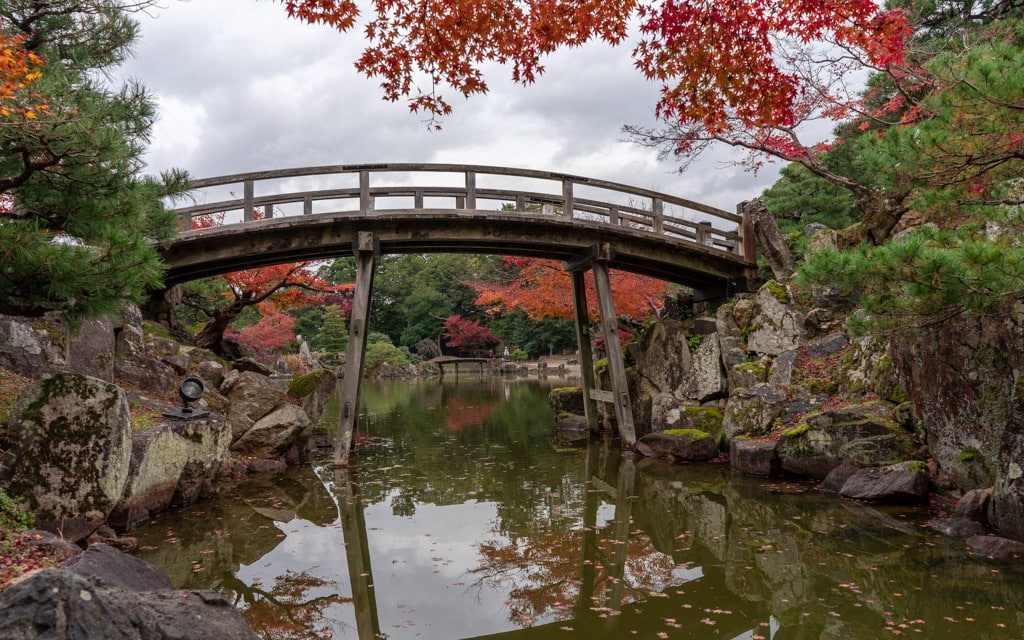

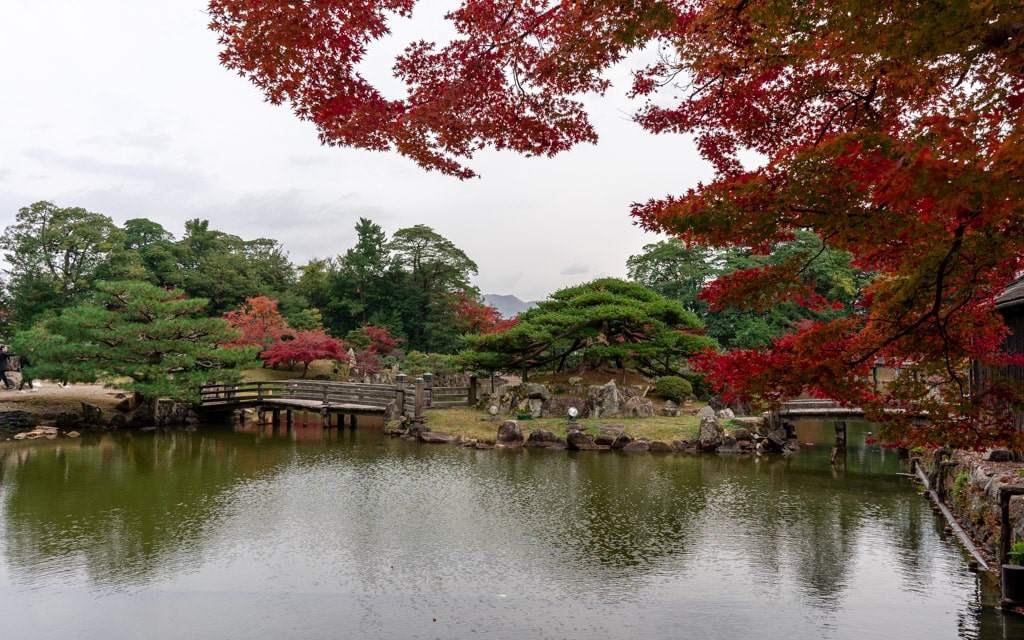


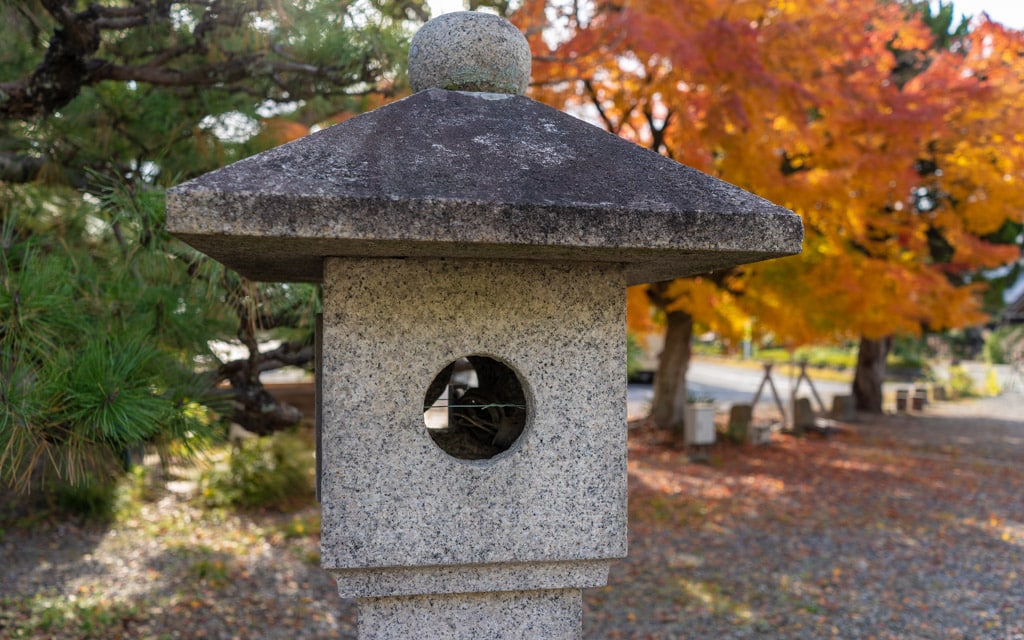
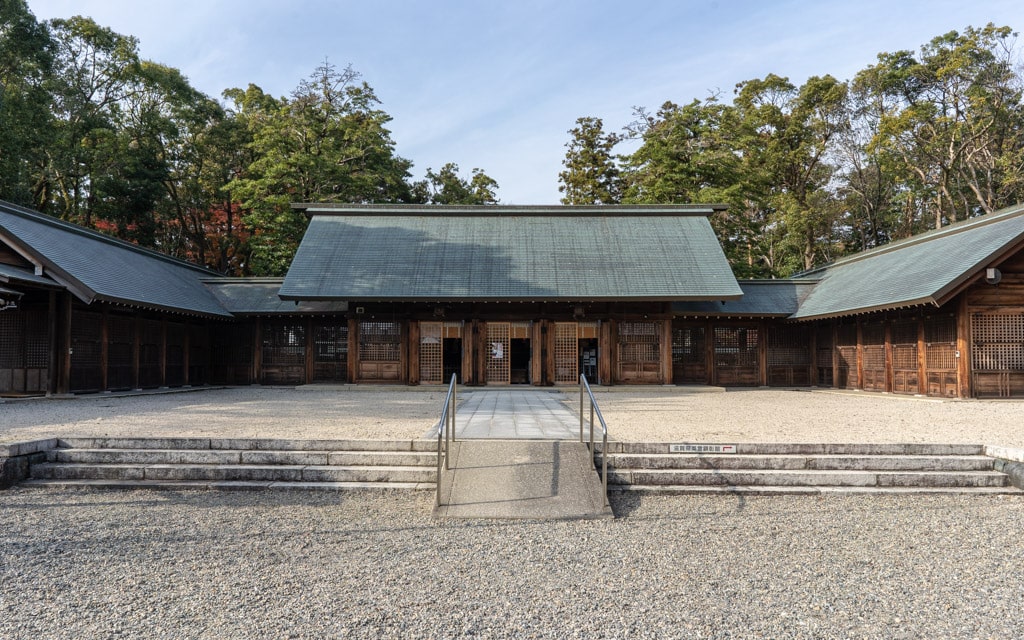
Related Posts